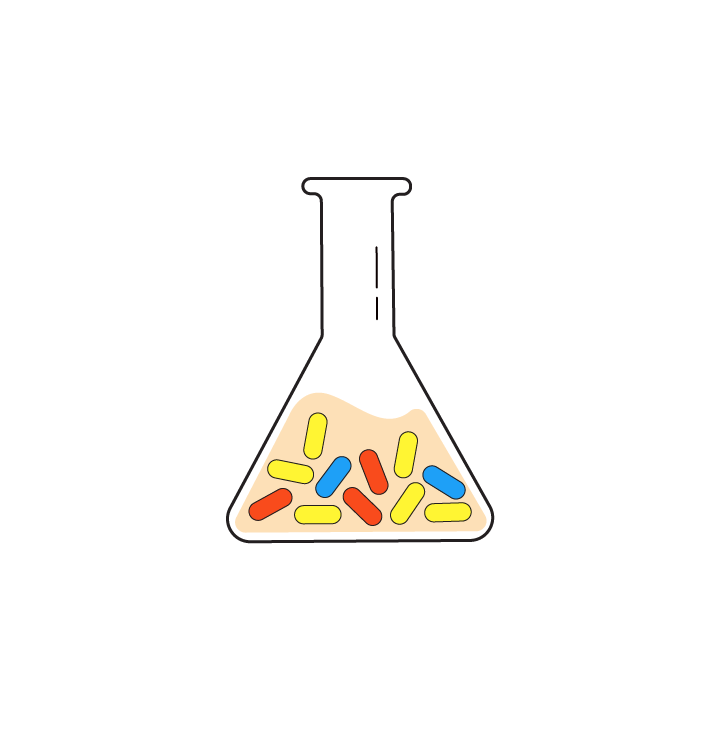Upcoming travel and conference presentations
As the lab navigates its second year, Aabeer and Kushal will present their work at ISEB-5, the upcoming meeting of evolutionary biologists in India. If you attend, do walk over and talk with them! Harshit and I will be at IISER Pune on 27th and 28th September for the Rockefeller foundation/APSI meeting, and I will be at NCBS,

![mira [Recovered]](https://miralab.co.in/wp-content/uploads/elementor/thumbs/mira-Recovered-2-ptxukm5xgjw6j97wxqixi5w7c6b3tld88ouw6n6pvs.png)

